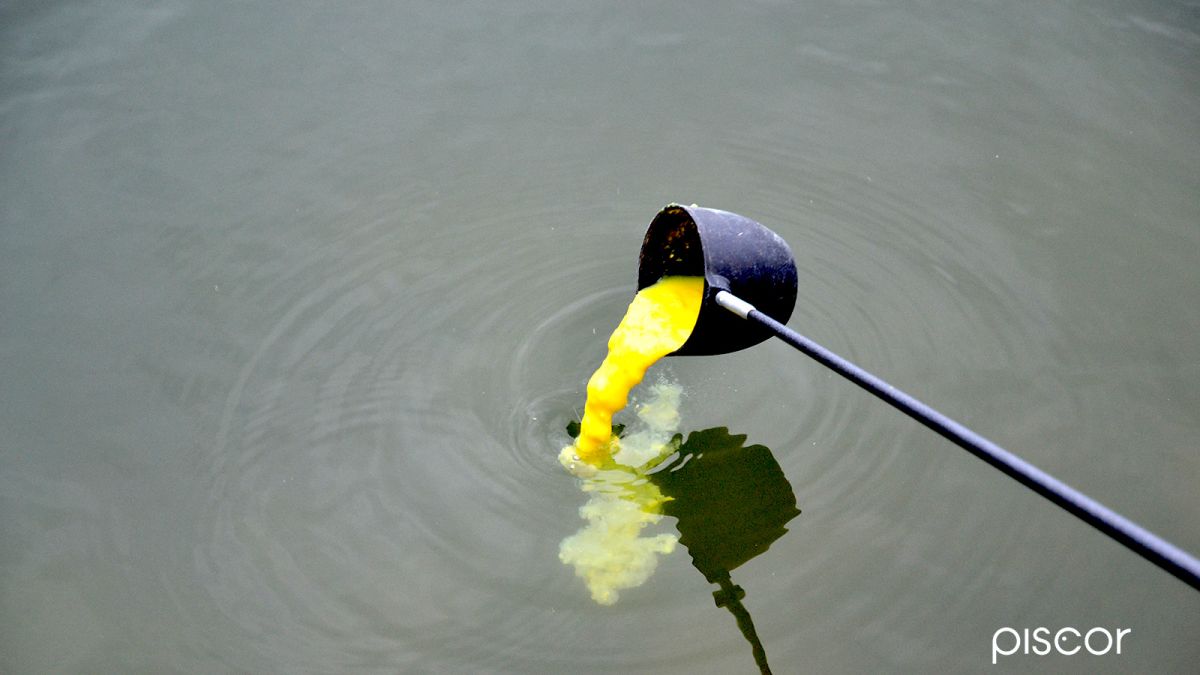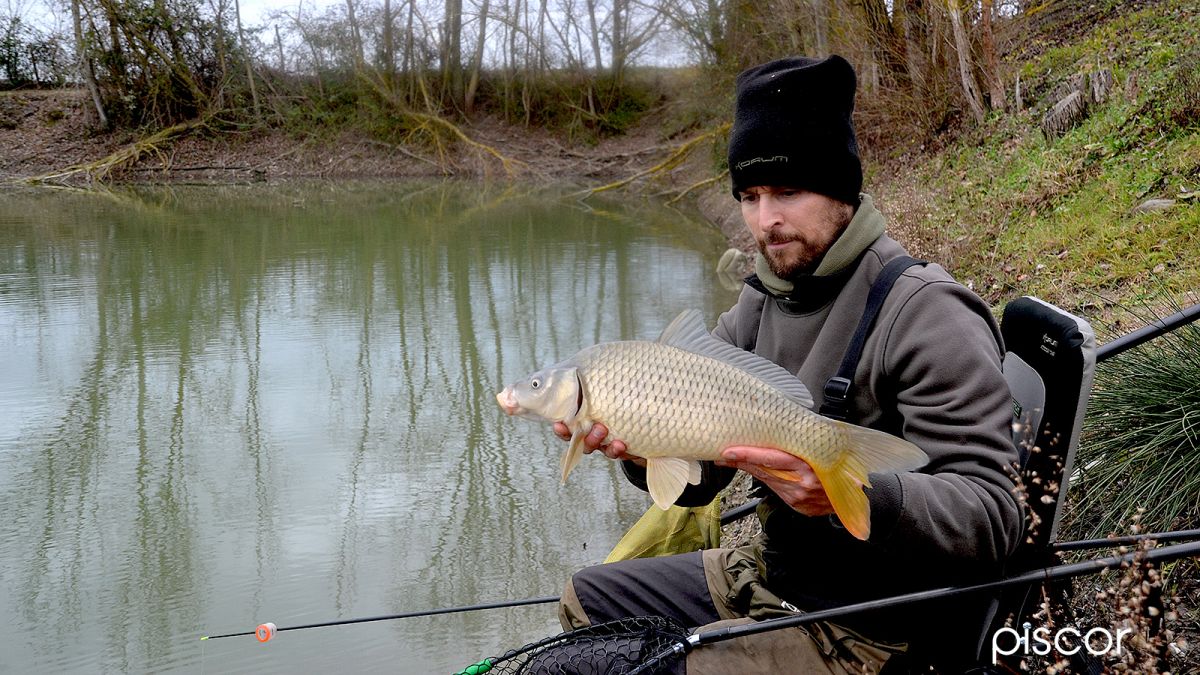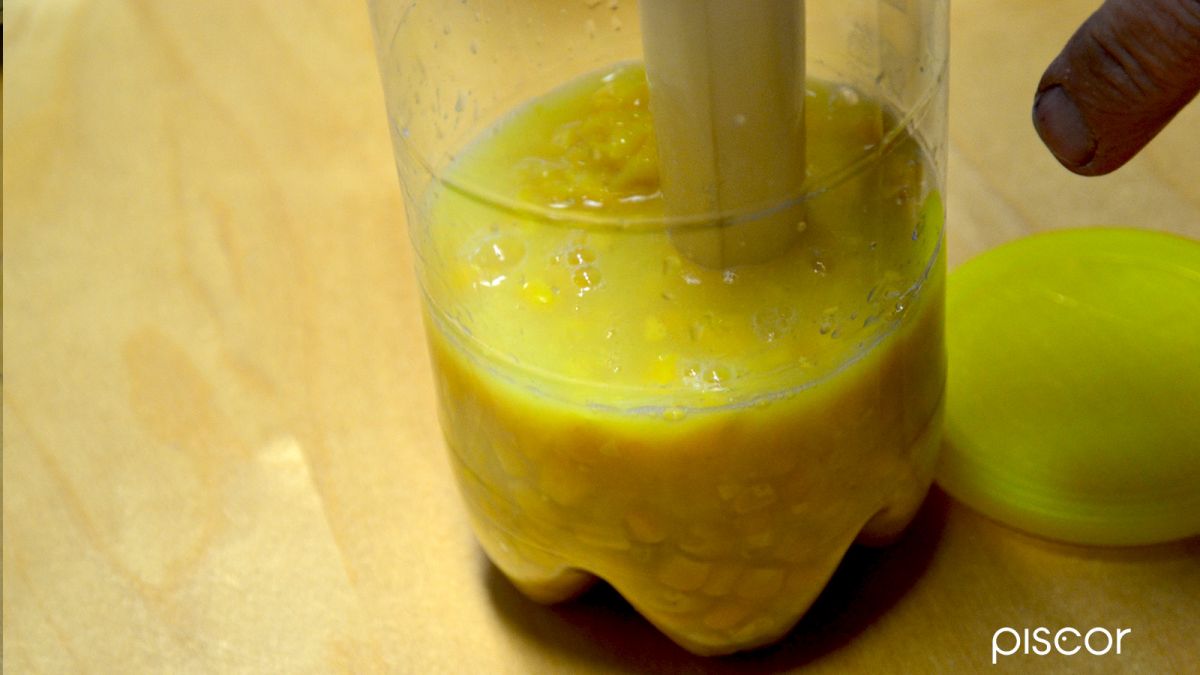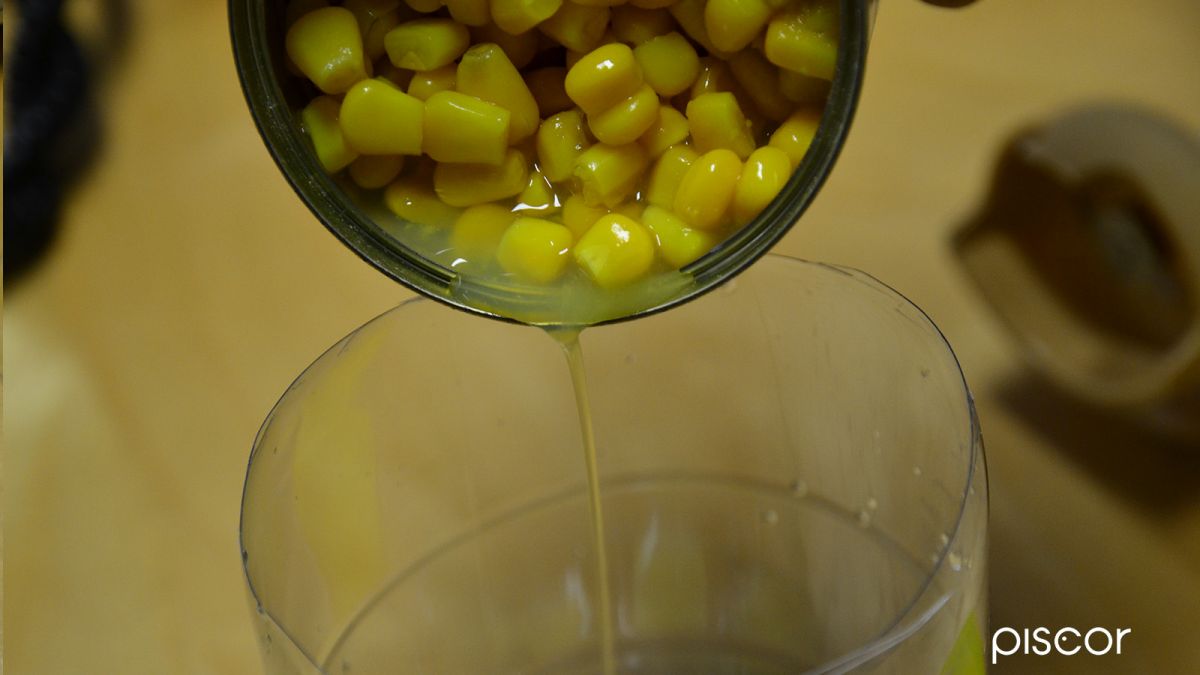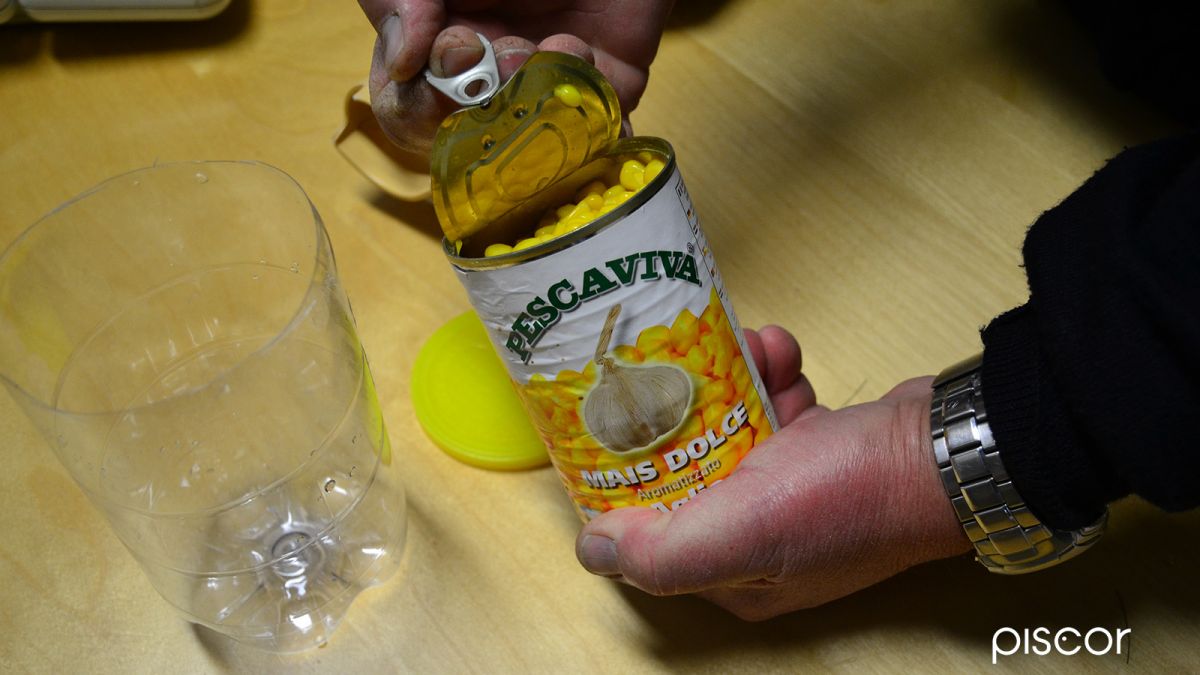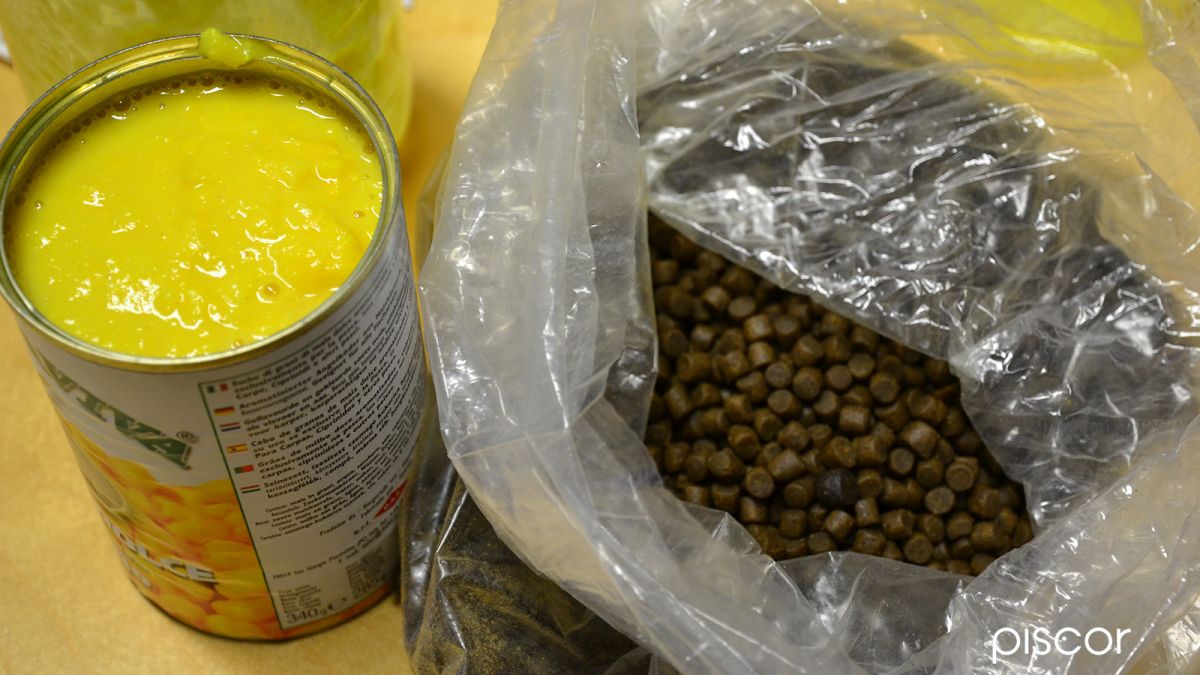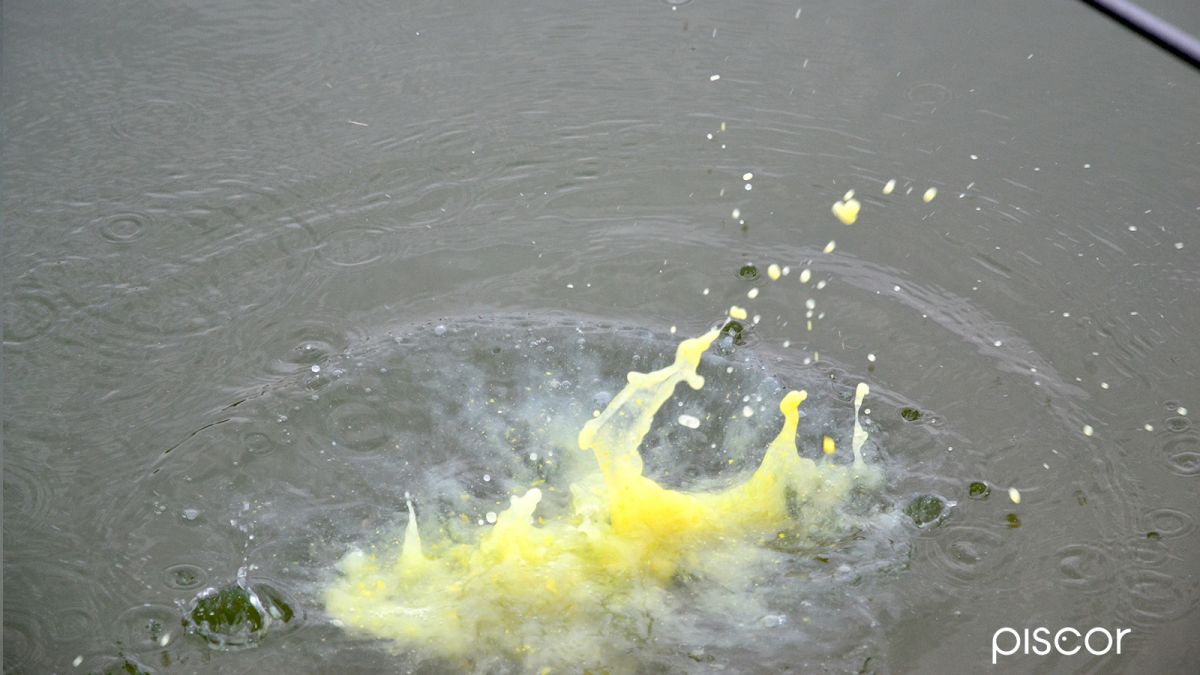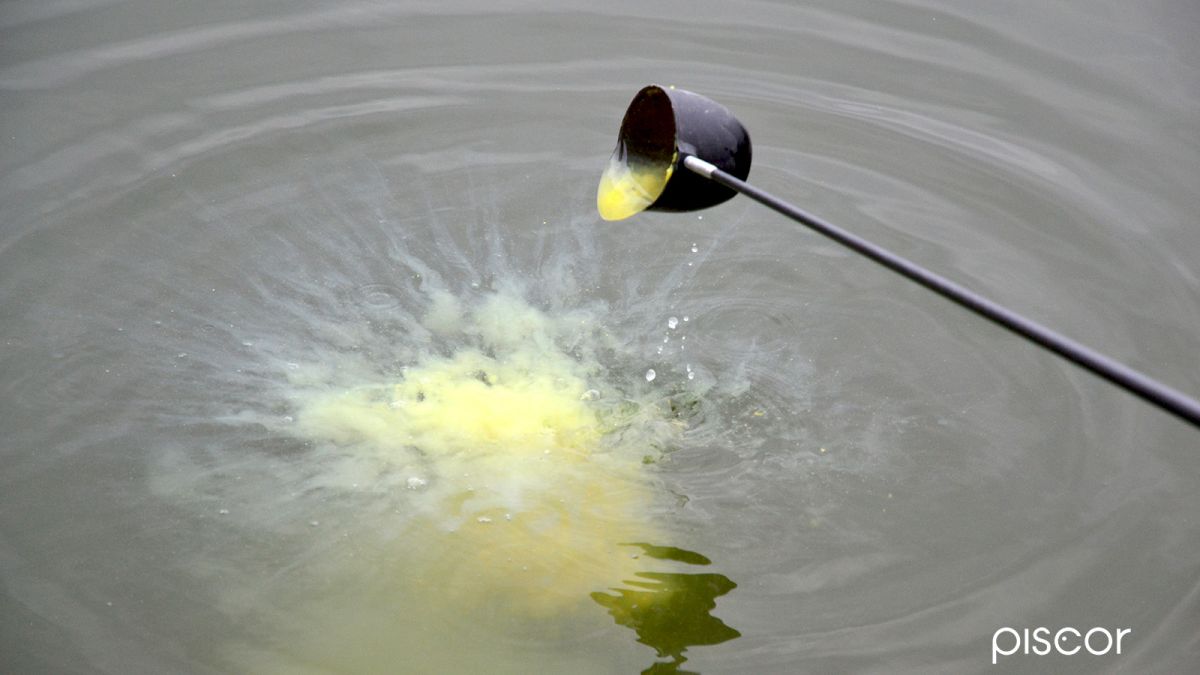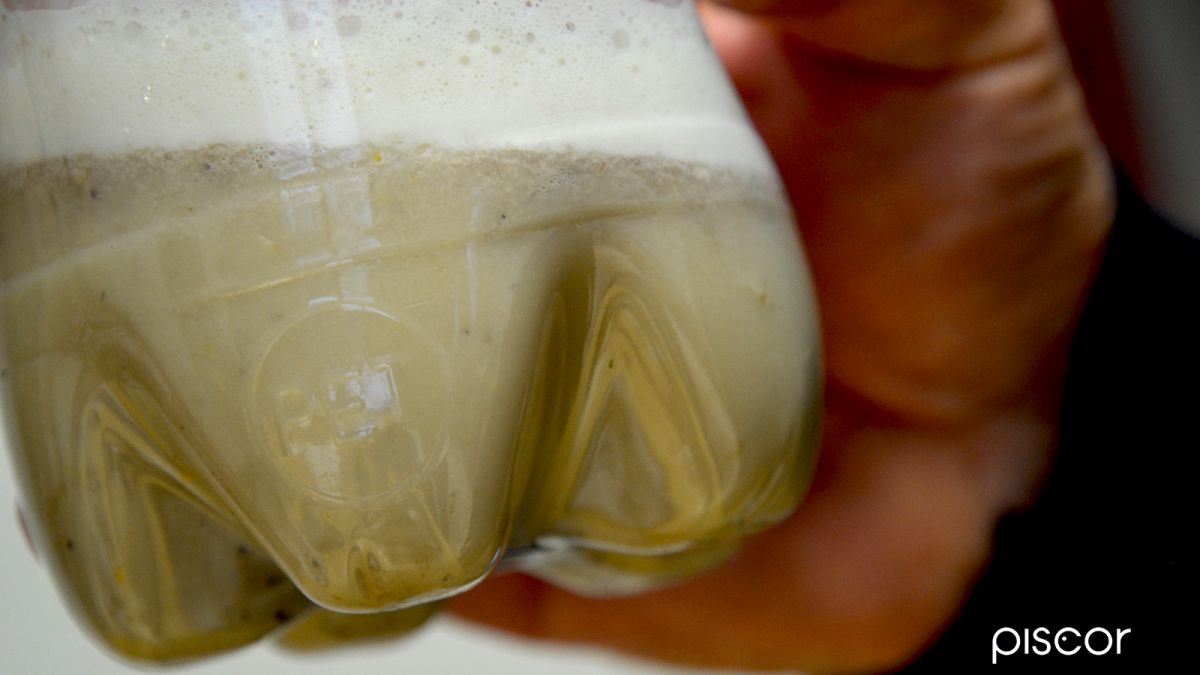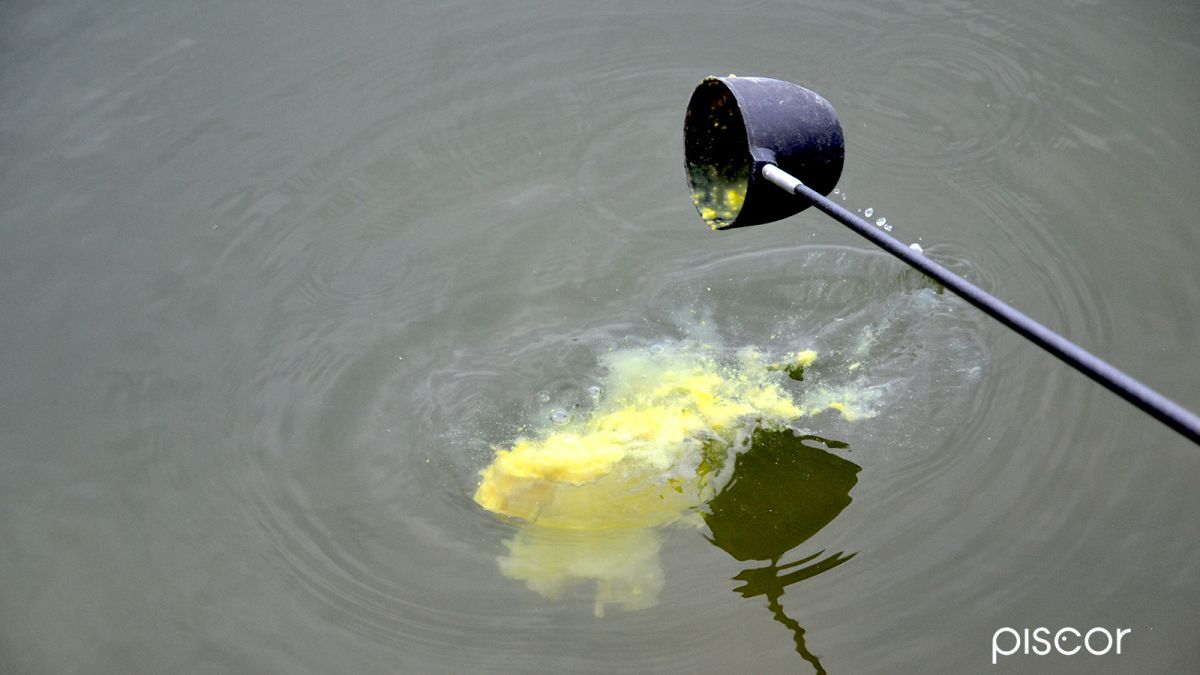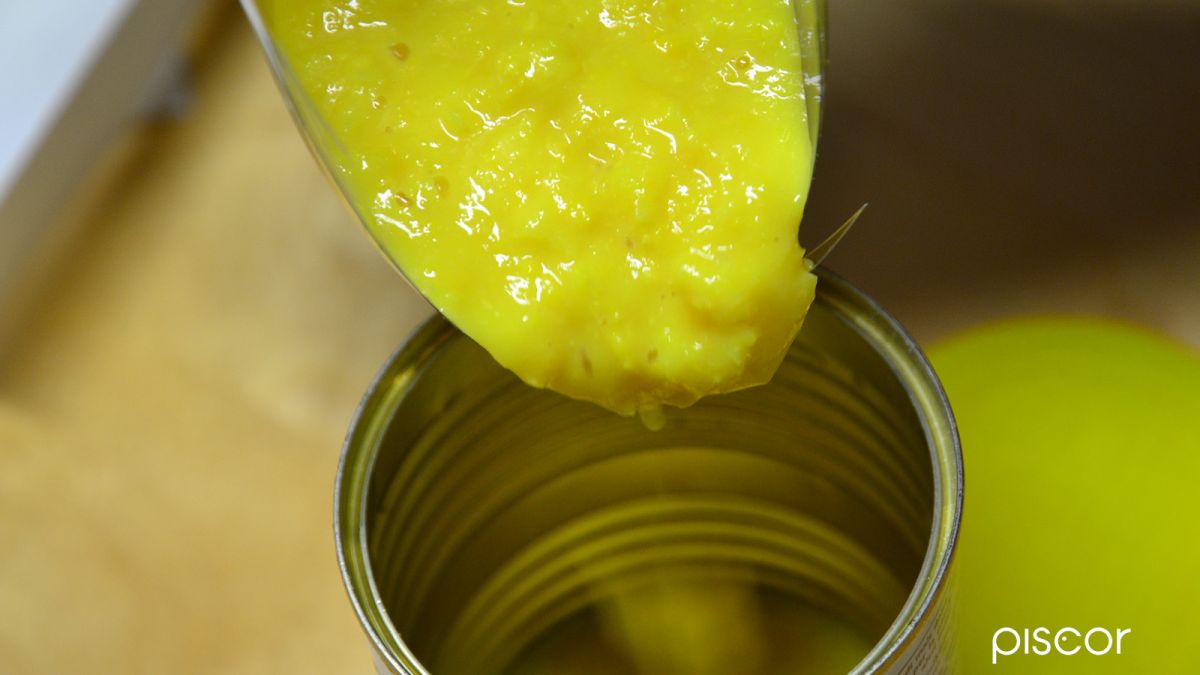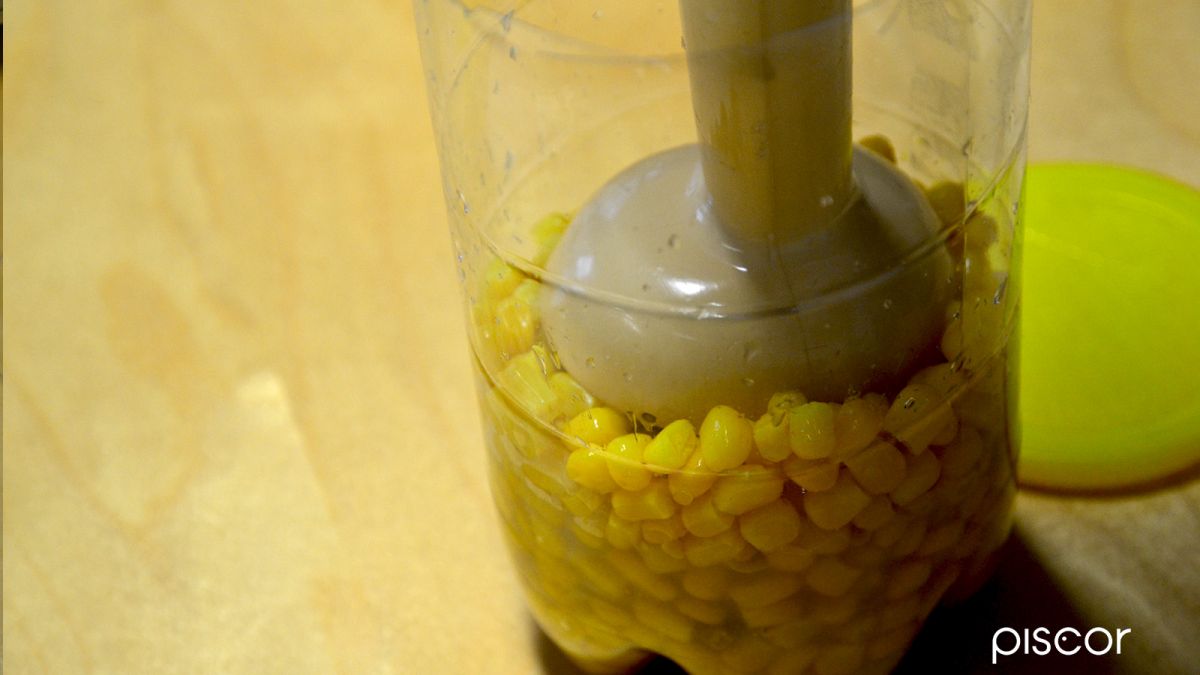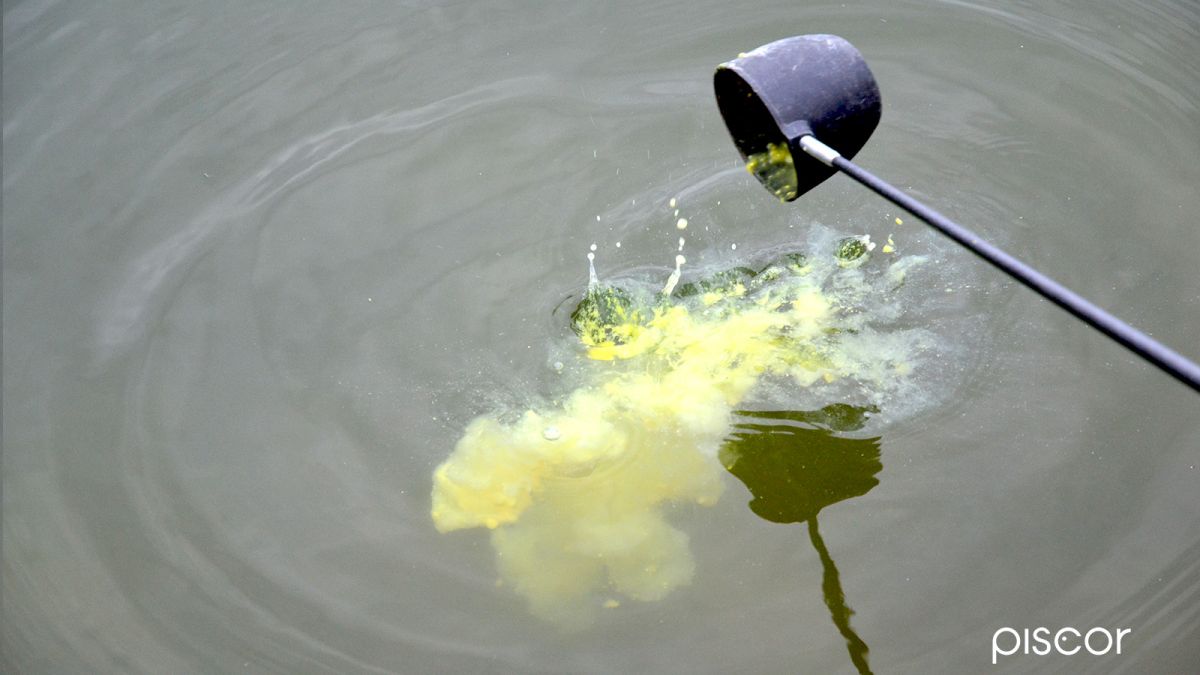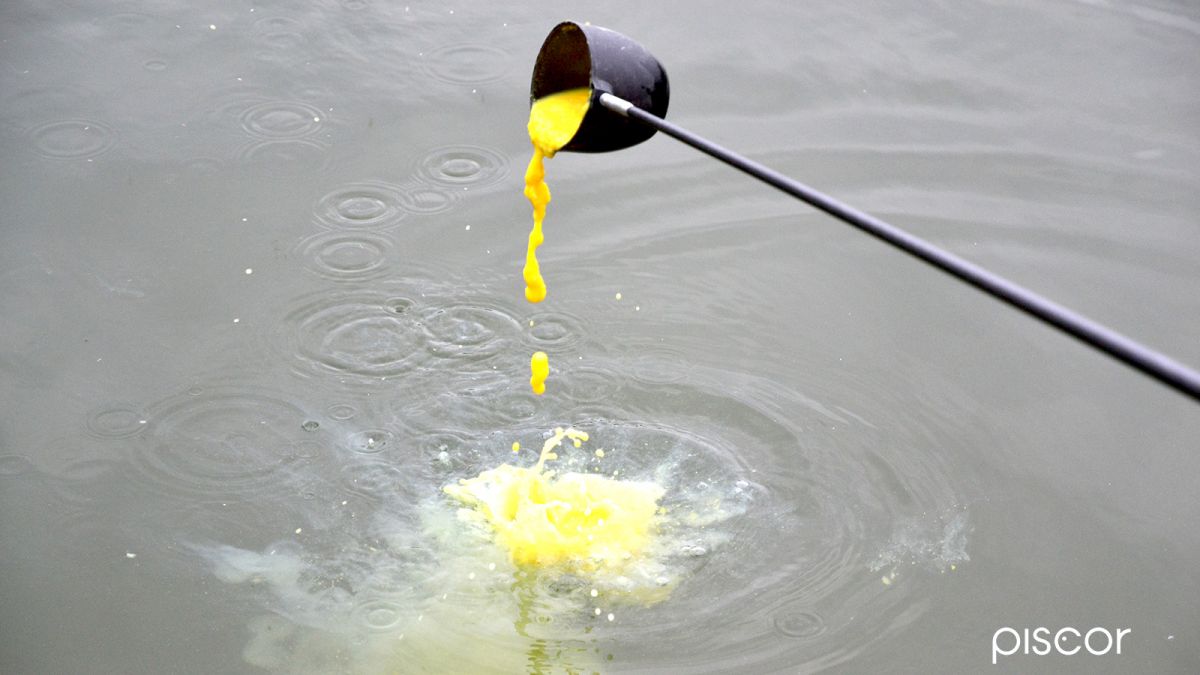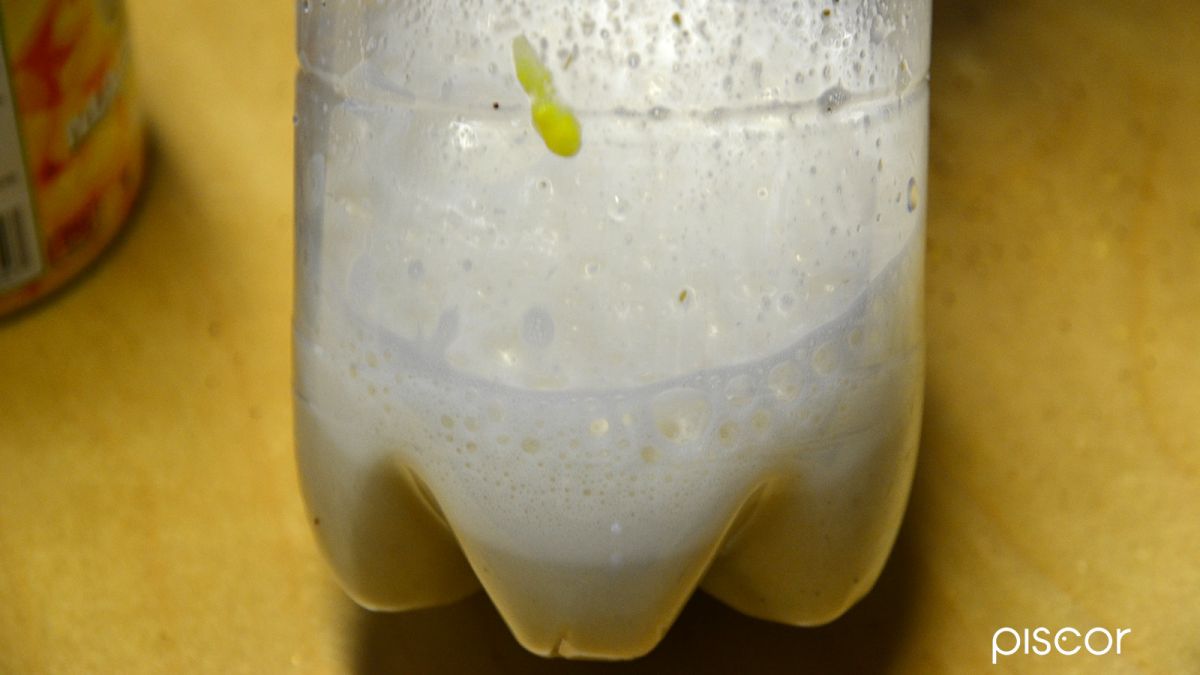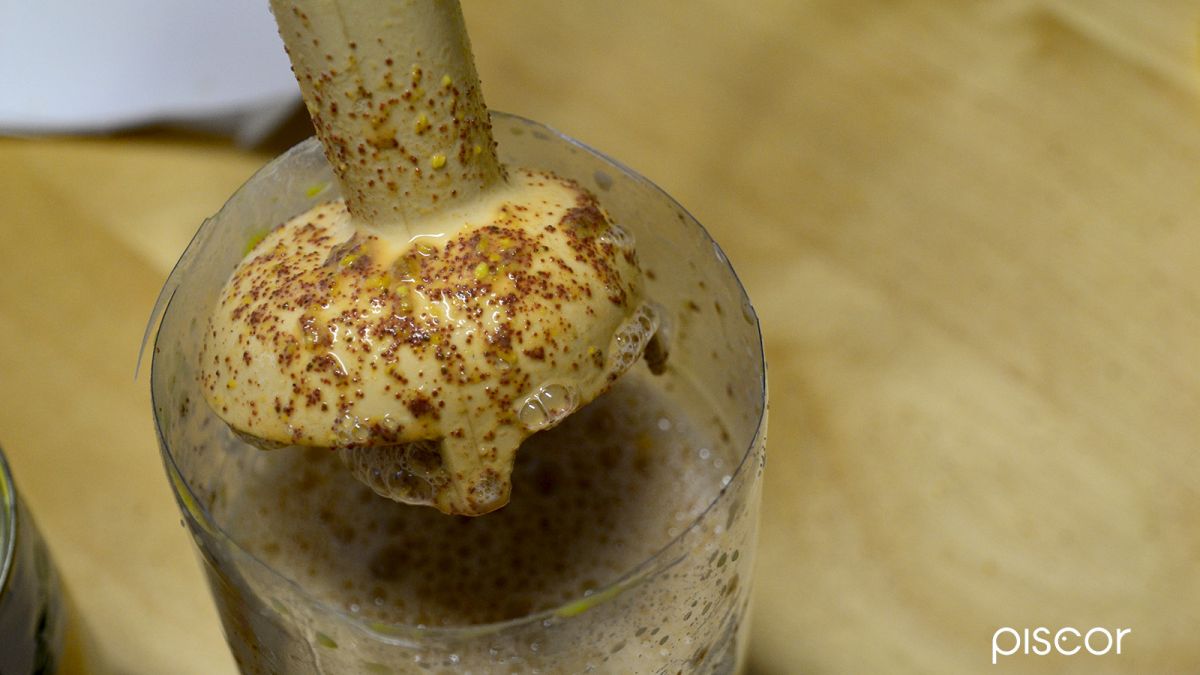Don't get too much attention at home when dealing with what we'll tell you in this article: you'd be taking a big risk. You'd better do it in your garage or in your secret fishing room, but it's worth it, because it really works!
We start this article by telling you an anecdote that happened during a couple of catches in an "almost carpodrome" lake.
Here is the first: temperature below zero in the early morning, fast recovery after sunrise, technique chosen: roubaisienne. Fishing begins with a couple of maggot launches and corn throws. After a few minutes they start to eat shyly and two or three fish arrive quickly to the landing net. The agonist encouraged by the results, sling again and another pair of fish bite, then, nothing more. Fiasco until the end of the fishing session.
Second session in the same spot, three days later, technique chosen: feeder. The fisherman, this time begins with a Black Cap that does not contain more than 15-20 grams of maggots. Three throws in quick sequence to create a certain "bottom" of larvae and the fourth there is already a carp hanging on the hook, then three more crucian and each throw goes down a container full of maggots, indeed, since the fish responds, the fisherman also makes them beautiful full by pressing them inside by force. Result: from the seventh throw to the thousandth, nothing.
Why? With the cold, you know, the attendance of ponds and quarries becomes almost a constant. There are many advantages of these facilities: comfort, proximity to home, possibility of meeting with friends fishing, etc.. Last but not least, and certainly much more important than the rest, the type of fishing that from frantic capture of carp, as you have during the summer, turns into a search in which you have to put all your experience in the field. The cold, in fact, depresses the activity of the fish and makes them very suspicious.
All this is a consequence of the fact that fish, like other animals, are ectothermic, that is, their body has the same temperature of the environment surrounding them. All this, in particular environments and the aquatic one is one of them, has a significant evolutionary advantage that consists in being able to have very low energy consumption when the environmental conditions are unfavourable, as in the case of low temperature.
The main consequence is that these animals do not need to feed themselves continuously as is the case with homeothermic animals, such as birds and mammalians, which must consume energy (and food) to maintain a constant body temperature.
Here, then, is the explanation for what happened at the lake: the fish eat what little they need in relation to the energy needs of the moment and then close their mouths. All this also serves to dispel the classic saying: "Today they don't eat!"
They eat, instead, but only as much as they need and, since what we give as a pasture must always be less than their hypothetical hunger (here is the ability of the fisherman), it is clear that exceeding this quota is equivalent to repeating what happened, that is, a fiasco after the first rare catches only for having evaluated as "so hungry" an immediate response of the fish to the first slingshot.
So, what is to be done? By baiting with some caution you have as a consequence of stopping the bites, not baiting extends the fiasco even in the early stages of fishing because the fish does not get under the fishing action, so there is only to study a system to attract the fish without, possibly, to eat anything or, however, as little as possible.
It is easy to say, not so much to do, especially in small lakes or quarries, where fish are usually carp and crucian, fish which go "to the point", on baits of a certain type, such as corn or maggots.
In addition to this, there is also the aggravating factor that in most ponds and quarries the use of pasture is not allowed. We say this, because some people might think they are using very fine pasture which, besides anything else, also has several drawbacks. The first is that the pasture, in winter, on carp and crucian doesn’t boast great successes, the second is that, however fine and impalpable, the fish can eat it and you would be at the same place than before.
The fish of the quarries and carpodromes, even with the first cold weather, eat the same things as always, but with much, much more moderation. The problem is therefore to use the same things, but in such a way as not to feed the fish too much. The strategy is to make the baits so fine that they form a savory cloud, once thrown into the water, so that it is impossible for a fish to find the slightest solid particle that remains on his stomach.
How to proceed
To make corn so fine, you need a rather powerful blender, especially at high rpm. The immersion one is excellent.
The corn is inserted in the container as it is, but it is better if you add a little water, if that contained in the jar is not enough. This allows for better particle circulation and perfect homogenisation.
We can opt for natural corn, but also for flavoured corn and, during blending, you can add additives, flavoring or sweeteners. With a lot of moderation. We are still in the winter and it is not really the case to exaggerate.
This process can be done with pure cooked maize or other seeds, but it is also possible to use mixes. Two of the best are those obtained by blending corn in the percentage of 60 to 70% with cooked hemp for the remaining percentage and perhaps the most effective is made up of about 80% of corn blended with 20% of pellets well soaked.
How to use the "paste"
A self-respecting smoothie must be very fluid, almost liquid, however impossible to pack in balls to throw in water. There is only one way to use it: put it in a cup and take it out into the water about 50-70 cm before the point where the float will stand.
To put the paste in the water, immerse the bowl so that it fills up with water and, waiting three or four seconds so that the water of the lake dilutes the content, turn the bowl and drop it. The dissolution must be almost immediate and must in any case take place within the first half meter of water, so that a cloud of persistence is formed which is not too long and, above all, does not release anything to the surface.
The particles of which the smoothie is composed will descend quite quickly and will form a very light and impalpable veil on the bottom that the fish will try unnecessarily to deceive. Sucking like a vacuum cleaner, maybe they will be able to feel something, but this will only make them "angry", stimulate them and, certainly, to make them stay under the rod much more than using whole corn or maggots.
We said in another occasion that this season the fish of the quarries and carpodromes know only two baits: maggots (especially) and corn. Since the "meat" seems to enjoy some appreciation in more, perhaps because the proteins have a greater appreciation this season among the fish, why not to try?
What we are going to teach you now may be a little disgusting to the most sensitive, but I can assure you that it has a devastating effect in this period. Following the same logic that we used for corn, why not blend maggots to achieve the same effect?
Let's just say that a shake of pure maggots is not the best. First of all because the smoothie of these larvae tends to be a bit sticky, does not disperse at the slightest contact with water and could fall to the bottom like a pasture ball doing more damage than hail. Corn still comes in handy in this case and blending it with maggots in a 50% mix you get a really great "cream", but you can do better.
Take 150 grams of corn and blend it with an equal amount of caster. The result is a nice soup that really drives the fish crazy!
Beware of wind
A sensitive surface current caused by the wind can disturb the fishing action. Observing what happens to the clear cloud after the baiting, we will notice that the most superficial part forms a strip that is more or less long depending on the speed of the current.
This is the thinnest fraction of the soup, which is also the lightest and, therefore, tends to stay longer on the surface. Usually there are no consequences because the fish is firmly anchored to the bottom this season, but it is better not to take risks.
Pasture frequency
Even if the fish will not be able to put very much in the stomach, you have to bait with extreme care centering everything, especially if we use a soup a little less liquid than it should because you want to avoid the "swipe" caused by a superficial current.
Normally, what is deposited on the bottom is so light that it disperses even just because of the turbulence caused by the fins of the fish and the more the dough is dispersed and more difficult to eat.
Above all, do not be fooled by the sudden entry of fish into the pasture: it is better to wait a few more minutes before calling back than to see the fish disappear.
Moreover, do not use more than the equivalent of three or four tablespoons of soup at a time: it is better to recall more frequently than to "drown" the fish.
On all the seabeds?
The strong dispersion of the smoothie, once in the water, suggests that the seabed no more than 2 meters are the best suited to this technique of pasturage, with those of about a meter and a half as ideal.
Beyond this measure, there is the risk that even very light currents will bring the cloud of nutrients out of the point where you want to station the line and float. With rather important seabeds, it is therefore necessary to compact the soup a little so that it is completely dissolved beyond one meter of depth.
You have to be very good at identifying the right degree of softness of the dough, because if this were to arrive whole at the bottom, it would be the same as having thrown a classic ball of pasture and all our intentions would be wasted.
Line and triggers
It is understood that the geometry of the plumbing, the type of line and the type of trigger remain the same as in a normal fishing session carried out with "normal" baiting.
If ever, on lukewarm days, it may be valid to adopt softer leads, then carried out with slightly spaced leaded shot, to lower the line more slowly than one made with the bulk. This is because the fish may also be tempted to go up a bit from the bottom due to the effect of the cloud falling slowly from above.

